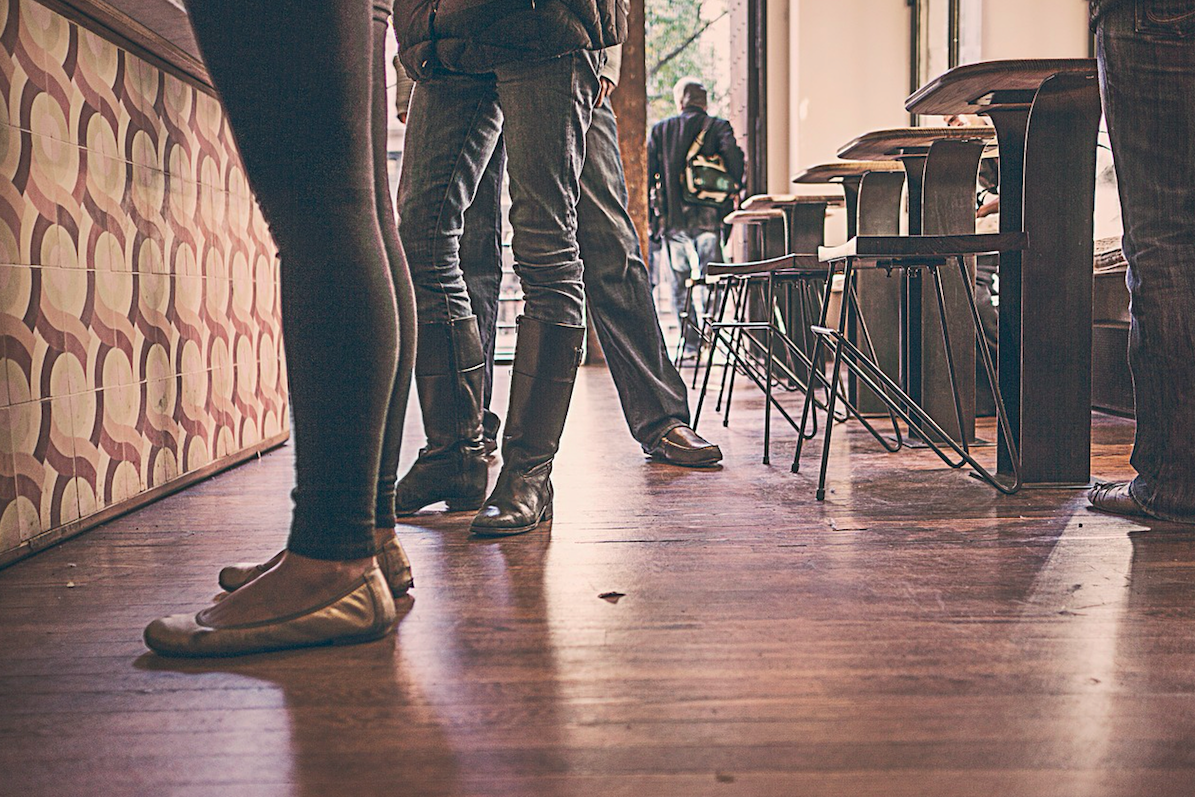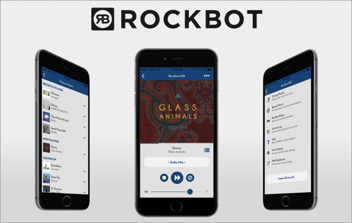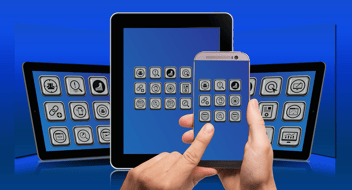Restaurant loyalty is often talked about in terms of programs, paper cards & point systems that add value to the consumer, enticing them to come in more often. While this remains true, what about thinking about loyalty from a different perspective? There are so many ways you can pick apart your customer's experience to improve their perception of your restaurant, thus increasing restaurant loyalty. One of the major elements that can effect customer experience is waiting. Our brains are hard-wired to associate waiting with negative thoughts and every restaurant server can tell you that when a party who sits down at your table is already feeling negative, it's extremely hard to turn that around to a positive experience. Your wait times can effect the entire customer experience so let's discuss the psychology of waiting and how you can use this information to improve customer loyalty.
Psychology Today states the Laws/Observations of waiting which are crucial to understand in order to provide a solution to combat negative thoughts associated with waiting.
1. Occupied Time Feels Shorter: This should be fairly obvious but it's important to think about how you are helping your customers fill that time. In a study by David Maister, he uncovers that not only does the activity used to fill up time need to have specific benefits to the customer, but it also must be related to the service that is about to be provided. Some good examples of this working well are putting your bar area near the hostess stand, allowing customers to essentially "start" their service experience and also increasing revenue for you. Another good example has to do with allowing them to start controlling their own experience. You can do this easily through using an app like Rockbot to allow them to choose their own music and stay engaged with your brand at the same time.
2. Uncertainty, Anxiety and Uninanticipated Wait Times Makes Waiting Seem Longer: There are so many examples of this in our daily lives. Subways and buses in major cities now have estimated wait times, theme parks have estimated wait time signs posted at different line lengths, airports let us know of potential delays right away through text message or email, the list goes on. Right now, in most restaurants, eliminating uncertainty and anxiety and managing anticipation usually comes from the host stand where an employee is tasked with estimating an accurate wait time based on the length of their list but there are other ways to handle this as well. Services like Qless offer customers periodic notifications telling them their place in line, elminating host disturbance and improving their experience. NoWait allows them to check the wait time before they arrive and put their name on a list.
3. Unfair waits are much more aggravating than equitable waits: We have all been in the situation where someone fast tracs to the front of the line while we have been waiting patiently. It's aggrivating and causes distress among customers. People value the spirit of "we're all in it together". Thinking about how you manage your wait list to make sure this doesn't happen is an important part of creating a positive customer experience from the beginning. It's useful to offer training to your host/hostess on how to deal with regulars discreetly, how to properly explain the waitlist versus reservations and how to accurately figure out wait times.
So, how does this relate back to loyalty? We recently partnered with Technomic to perform a study where we found that 87% of respondents listed ambience and social environment as important to helping develop a positive perception of a brand. Positive brand perception helps increase restaurant loyalty. Managing your wait process is one piece of that and it's important to be reminded of how we think about waiting so you can optimize for a great experience.
Are you having trouble keeping customers happy while they wait? Rockbot's social music service is a great solution for this. Learn more about how you can get more out of your music solution by clicking below!







